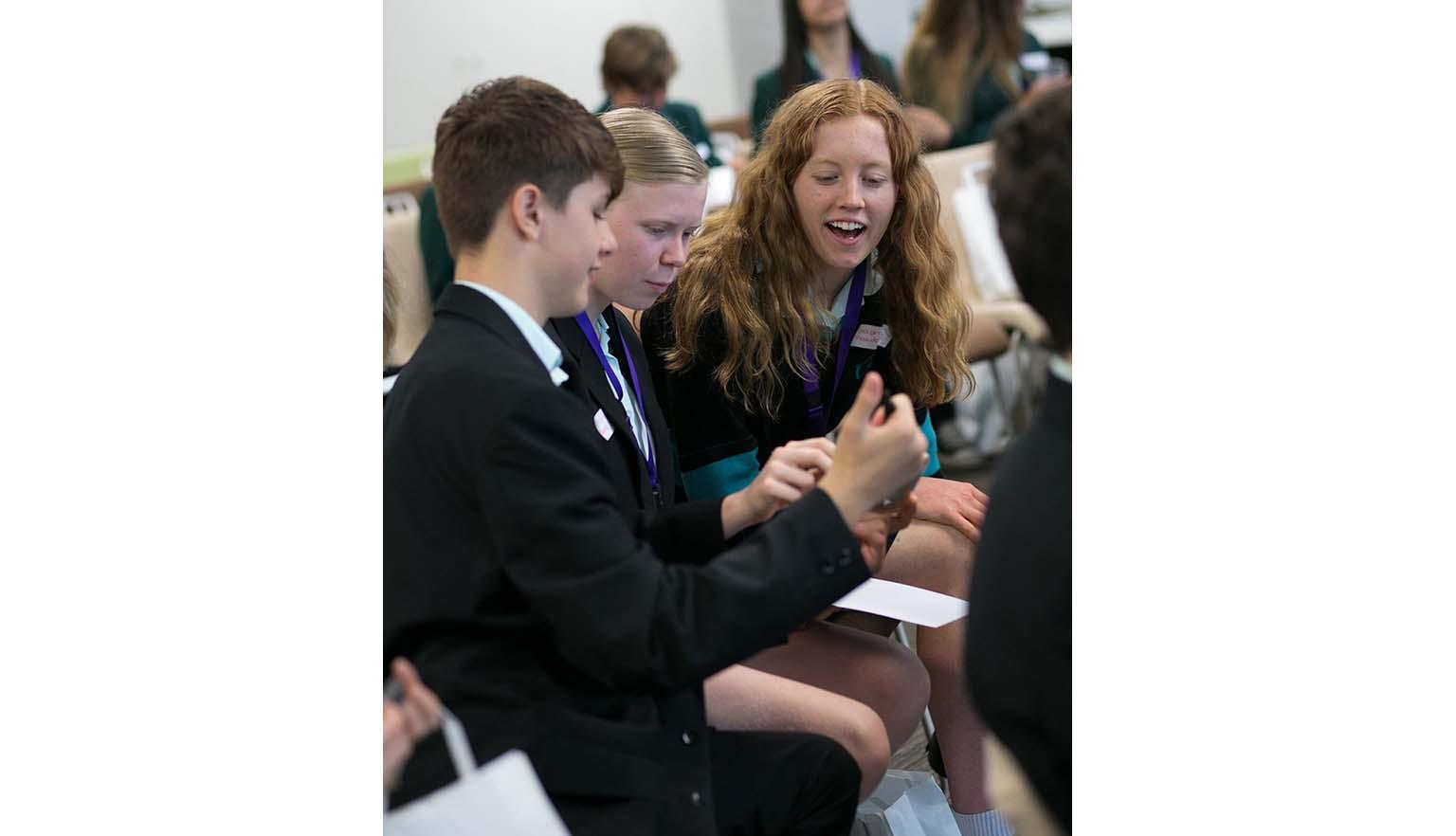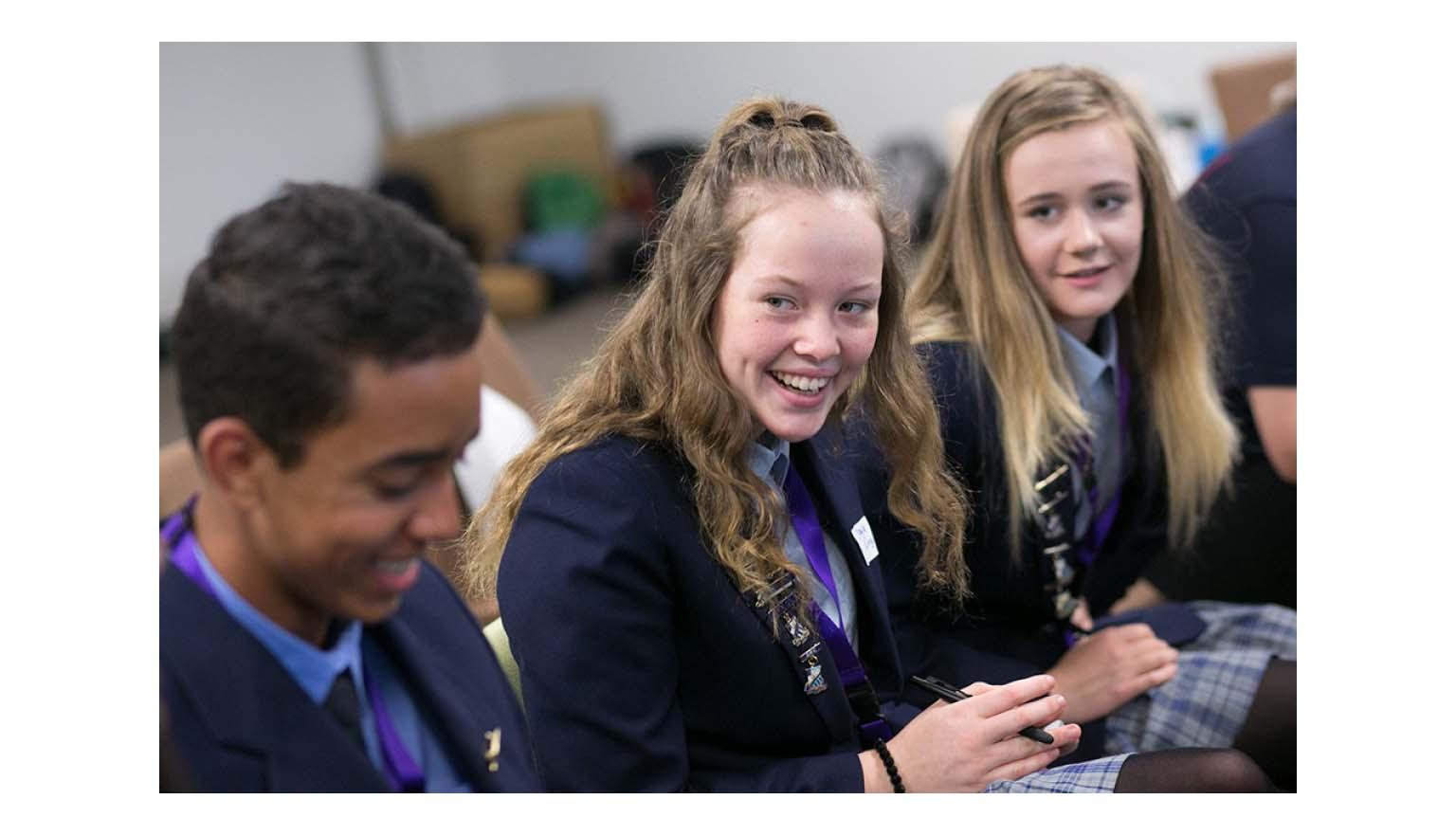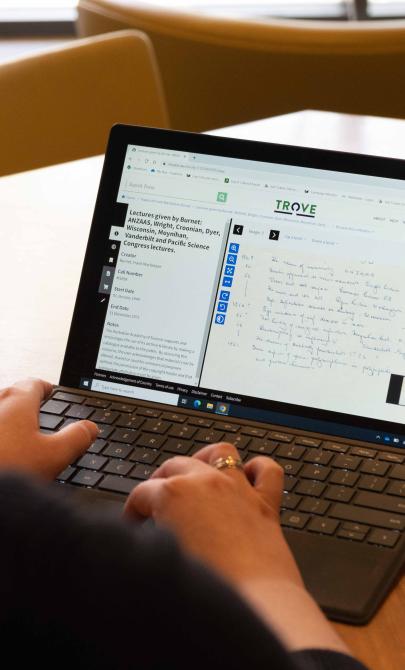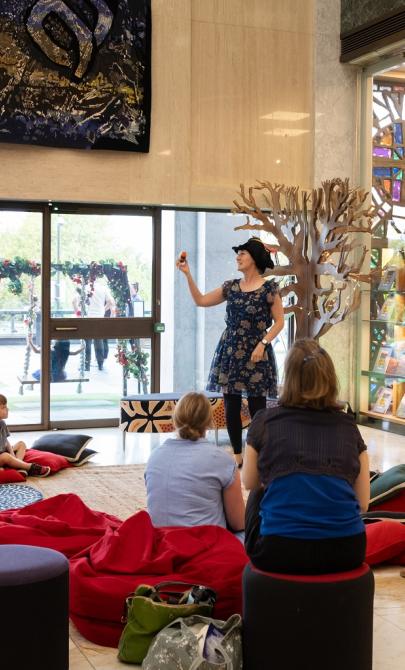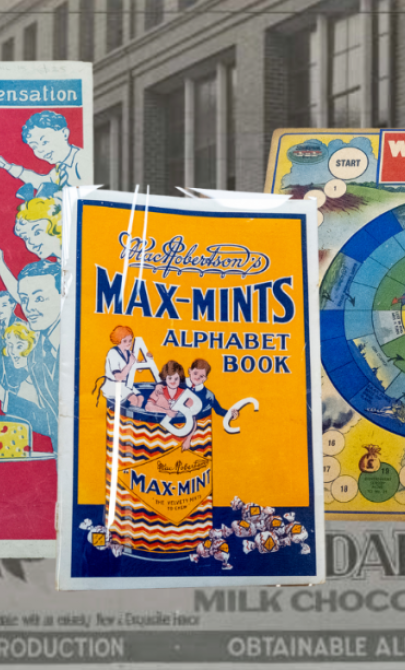The message
Online advertising and consumer data
Social media, search engines, and online news platforms all use algorithms to track browsing habits and prioritise content based on user engagement. While this can create a personalised experience, it also reinforces existing beliefs and can contribute to the spread of misinformation. The phenomenon of filter bubbles and echo chambers makes it critical for users to actively seek diverse perspectives and verify the credibility of sources.

Wolfgang Sievers, Engineering faculty, interior with students, Royal Melbourne Institute of Technology 1969, nla.gov.au/nla.obj-161377160
Wolfgang Sievers, Engineering faculty, interior with students, Royal Melbourne Institute of Technology 1969, nla.gov.au/nla.obj-161377160
Activity 1: Spotting Misinformation
Step 1: Divide the class into two groups
Divide the class into two groups. Each group will develop an advertising campaign for the same product: a car. For consistency, both groups should choose the same make and model of car—one that was sold in both the 1960s and today.
Group 1: Historical misinformation
Group 1 will take on the role of a 1960s advertising agency developing a campaign. They should research the car market of the time and make a list of the information that would have been available to advertisers, such as:
- Assumptions about gender roles (for example: "Men buy fast cars; women prefer practical cars, but men make the final purchase decision")
- Economic status and income brackets of likely buyers
- Common advertising styles and themes used in 1960s car ads
Using their research, the group should create a campaign that targets their audience as effectively as possible based on 1960s advertising strategies. Their campaign should include a print ad, radio script, or TV storyboard in the style of the era.
Group 2: Modern Misinformation
This group will act as a modern digital advertising agency. They should research today’s car market and the types of information available to advertisers, including:
- Demographics: age, gender, education level, employment
- Economic status: income level, financial behaviour
- Online behaviour: web browsing history, recent purchases, social media activity
- Devices used to research and purchase cars
- Targeted advertising strategies (for example: search engine ads, personalised social media campaigns, influencer partnerships)
The group should develop a modern campaign using digital advertising techniques, including personalised social media ads, influencer marketing, or targeted search engine ads. They can present their campaign as a digital ad storyboard, social media strategy, or video script.
Step 2: The Pitch
Have both groups present their campaigns in a traditional advertising agency ‘pitch’ scenario, as if they are trying to convince executives from the motor company to approve their strategy.
After the pitches, the class will discuss the differences in approach, including:
- The types of data available to advertisers in each era
- The ethical implications of modern targeted advertising
- How advertising strategies have evolved over time
Online safety and digital citizenship
Created in collaboration with leading education experts, the Optus Digital Thumbprint program is a series of free workshops for secondary schools in metropolitan NSW, VIC & QLD.
Our team of world-class facilitators deliver a series of three face-to-face, curriculum aligned sessions that empower and inform Australia’s young digital natives.
These workshops bring to life the vital information students need to become discerning internet users, help focus on the impact students have on themselves and others, and equip students with strategies to use technology to aid rather than distract from their ambitions.
By making digital education fun and interactive, Digital Thumbprint teaches students the advantages of a positive online presence, and empowers them with the facts they need to stay safe online.
Activity 2: Misinformation spread
Step 1: Divide the class into two groups
Keeping the 2 groups, ask each group to investigate a recent case of misinformation spread online. Consider:
- What platform was used to spread the misinformation? (for example: social media, blogs, websites)
- What were the motivations behind it? (for example: political, financial, social influence)
- What fact-checking methods were used to debunk it?
- What impact did it have on society?
Examples:
- Fake news stories on social media during elections
- COVID-19 misinformation and conspiracy theories
- Deepfake videos and manipulated content
Step 2: The Pitch
Get each group to develop a short presentation outlining their findings.
After the pitches, as a class discuss the differences between the modern and historical misinformation spread. Ask for any well-known examples of misinformation spread or propaganda over the last 100 years and what factors contributed to its 'successful' spread.
Acknowledgement
This resource has been generously supported by Optus. Through the Digital Thumbprint program and Kids Helpline @ School, Optus supports digital knowledge and the positive use of technology.
If you’d like to learn more about the Digital Thumbprint program, please visit the website or, if you’re interested in booking the program at your school, you can register your interest.


